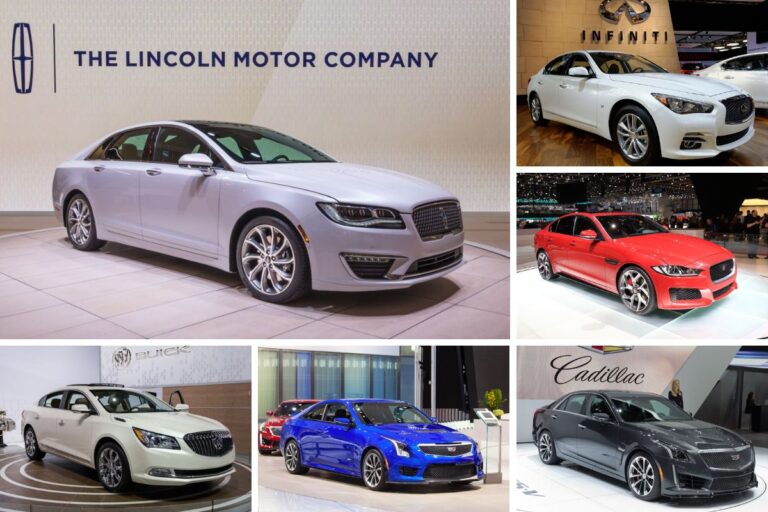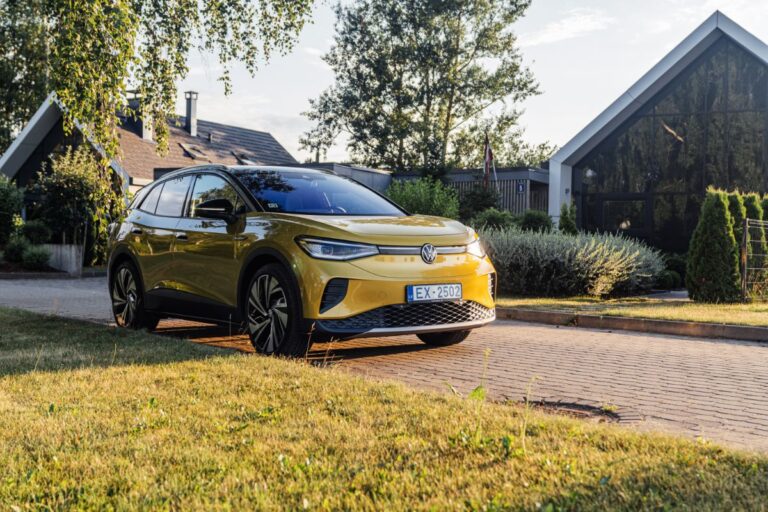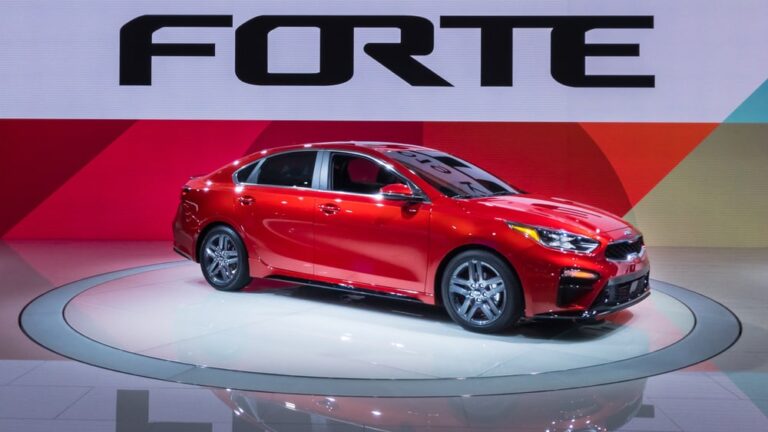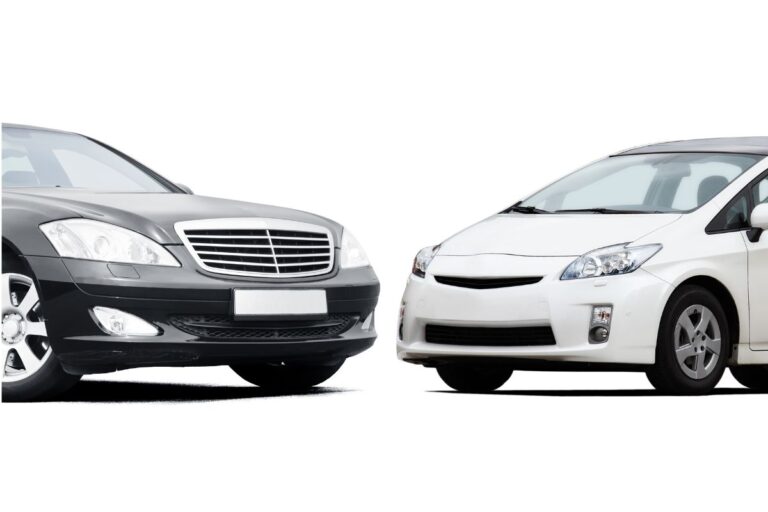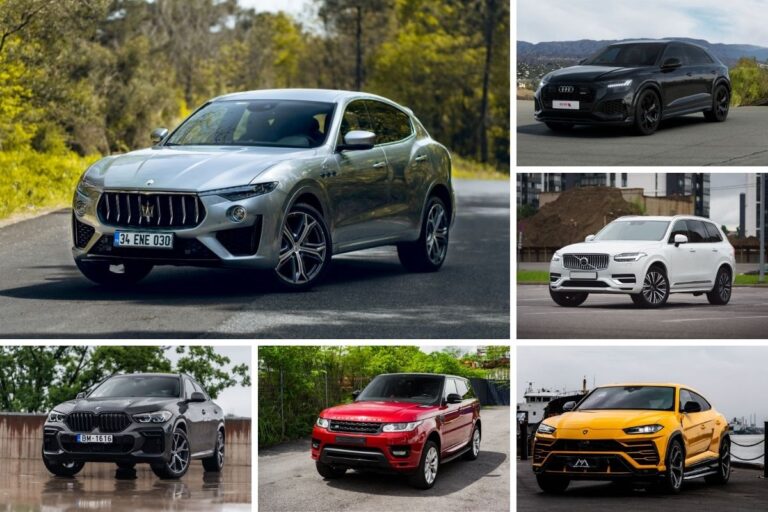
How well does an EV do in the snow? Honestly, I think Tim Harding of MotorBiscuit would know better than me. Here’s what this reporter says:
“Electric vehicles and hybrids also come with large batteries making them heavy, suitable for winter traction.”
Harding also says that hybrid vehicles have conventional power in the front and electric power in the rear. That’s what makes these vehicles “good in the snow.”
Features That Make EVs Good For Snow
Heating Up While Plugged In
As long as you have a charger cord that’s long enough, you can heat up your vehicle while it’s plugged in. This may not help if you’re not home or at a place that has a charger, but it will save you some battery power if you are near a charging station.
Thermal Heating Management

It’s not difficult to have your windows defrosted before you drive. What’s more, the way your EV heats up provides you the most economical for your battery power. If you have a hybrid, thermal heating management reduces the amount of gas required to warm up your car.
No Emissions Wasted
You don’t have to worry about spewing out car exhaust for 20 minutes like you sometimes would do with a gas-powered engine. It’s also nice to not have to breathe in all those harmful fumes while waiting for your car to warm up.
Smartphone EV Start

A smartphone EV start will allow you to heat up your car using a mobile device app without stepping foot outside. This also helps if you keep putting off going outside to start it. It can help you forget and not end up late to your destination.
Gearless System
Recent performance reports suggest that gearless systems provide more durability. I need more training on this concept. However, I do at least understand that an EV can provide a consistent, instant torque from the second you drive it.
In fact, an EV can apparently reach its maximum torque at zero RPM. This can make driving in the winter easier than a gas vehicle that accelerates slower.
Features That Make EVs NOT Good For Now
High Battery Drainage
You might not realize how much electricity a vehicle needs until you drive an EV for the first time. That’s because you don’t have the gas to run the steering, lights, radio, or other features. It’s best to find ways to use as little energy as possible when driving your EV.
Low Rolling Resistance Causes Sliding
This may seem to contradict the opinion that an EV does provide good traction in the snow. However, that depends on the tires installed. If the rolling resistance is too low, it can cause you to slip. The right about of reduced rolling resistance, however, could save you on battery charging costs.
Unavailability of Charging Stations

Without a backup battery, you could be stuck somewhere for longer than you want to be. This can happen if you stall in a place nowhere near a power station and no way to recharge your EV.
It’s wise to have a backup battery just in case you’re stuck in traffic, for instance. This will provide you extra power when it’s time to escape a congested situation.
Slow Charges
You might encounter times when your vehicle charges too slowly for you to travel any further. This can be frustrating when it’s cold outside and you can’t run the heat. That’s why it’s best to make sure you charge your vehicle for every chance you can get.
Winter EV Driving Tips

I don’t think it matters what vehicle you drive if you know how to use it. You can survive those snowy days and freezing temperatures if you plan well.
Keep Some Charge in Battery
Keeping your EV battery at 50% charged is ideal if you can achieve that. A minimum of 15%-20% is recommended because that’s how much your electric car battery could consume while reheating itself.
Your AAA Today Magazine writer Andrew Sheldon further explains this:
“Many electric cars have a remote preconditioning feature that heats both the interior and the battery while the vehicle is plugged in, thus preserving battery capacity.”
Related: How Much Does it Cost to Charge an Electric Car?
Reheat While Charged
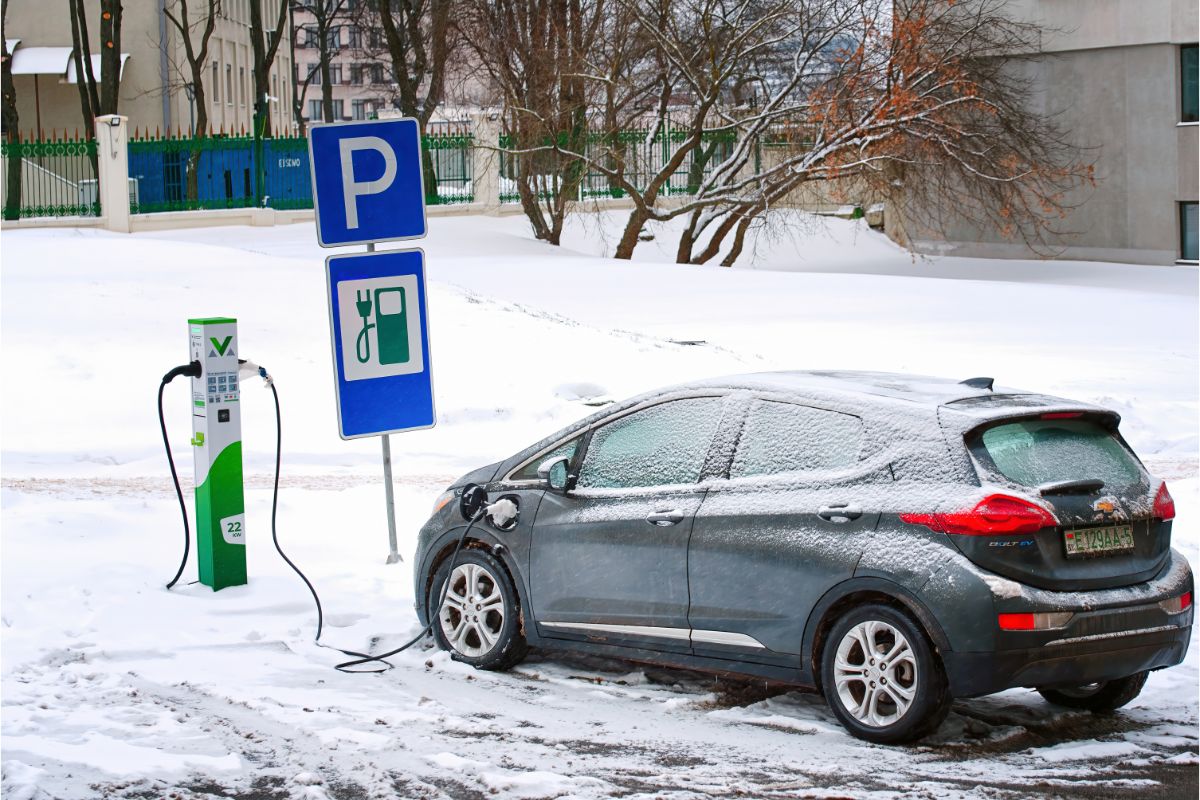
All batteries, whether it be ones in a vehicle, computer, or smartphone, perform better if at least partially charged. Heating while you still have some power left improves battery efficiency and accommodates the peak amps required for startup, which is usually more than for running it.
Use Heated Steering Wheels and Seats
If your EV has heated steering wheels and seats, using these functions will consume less power than would heating up your whole interior. When driving alone and don’t have anyone else to keep warm, this will provide you the most power-saving benefit.

